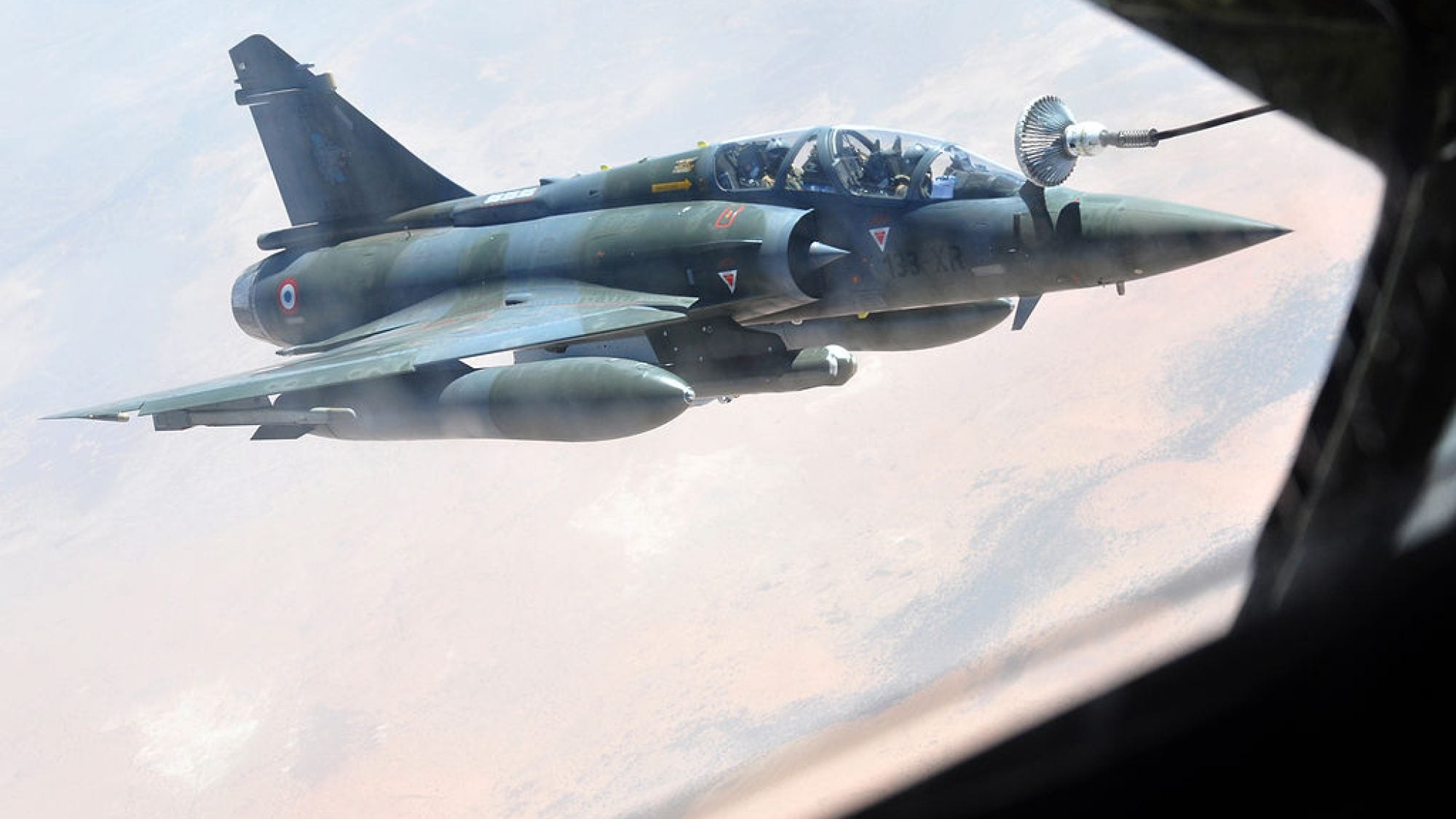In essence, this would entail the French launching a counterinsurgency operation for an indeterminate period of time. This logic ignores one simple fact: the French cannot win a counterinsurgency war in Mali. If they attempt to go into the desert, dig out remote strongholds, or even prevent all acts of terrorism in the cities, they will fail.
Successful counterinsurgency is beyond the scope of most modern Western armies, and outside the purview of an intervention. Interventions cannot be expected to end all violence, all tensions, and all ethnic and religious problems in a country. Military interventions are the deployment of troops in order to tip the scales in favor of one faction or another in an internal conflict. They can help win a war or defeat a specific group; they cannot impose the peace once the war is over.
France’s intervention was successful because they have acted within the limits of a military intervention. First, the French picked a side–the Malian government, such as it is–and put their weight behind it. Many interventions fail because the intervening power tries to restore order, and end the violence without deciding on a winner or a loser. France avoided that trap. Second, they limited themselves to what they could reasonably accomplish: breaking the momentum of the rebel forces and recapturing cities, followed by training domestic and regional troops. The cities are not fully secure, as the recent fighting in Gao between the French-Malian forces and the Movement for Oneness and Jihad in West Africa (MUJAO) has shown. But despite the fighting they remain under joint Malian-French control, and it is unlikely the MUJAO will retake the city in the near future.
The French intervention’s actions and successes are based within the more traditional strengths of a Western military. These strengths do not easily translate into a capacity for successful counterinsurgency, as nearly twelve years of fighting in Afghanistan has shown the United States. The military is not a one-size-fits-all tool. Fighting for control of territory and occupying it are substantially different tasks. Occupying cities and establishing control over large, sparsely populated areas are also dissimilar, and the latter is significantly more difficult, for any country. Combine those inherent difficulties with the levels of nuanced cultural understanding that the French forces would need for a successful occupation and the task takes on herculean proportions. Finally, even if France had the capacity for counterinsurgency, it cannot afford it. The Eurocrisis has left France in a precarious economic position and a lengthy war in Africa would likely spell economic disaster.
None of this means that Mali is doomed to be the “new Afghanistan.” The forward momentum of the rebels has been broken, African Union troops are entering the country, and Bamako, the capital of Mali, is no longer vulnerable to falling into rebel hands. Of equal importance, the rough coalition of the various rebel groups has dissolved. At the beginning of the intervention, there were seven different militant groups in northern Mali, three of which were Islamist. It is likely they will each pursue their own goals, rather than band together, for the foreseeable future. Some have even began to splinter further, as evidenced by the Islamic Movement for Azawad’s breakaway from Ansar al-Dine and repudiation of terrorism. Mali is still far from stable, and it will take years of concerted effort by the Malians to reconcile all of the underlying problems that led to the past year of rebellion and crisis. However, the French intervention reversed the trends of extremism and gives Mali a chance. That makes the intervention a huge success.
Image Credit: Capt. Jason Smith, Public domain, via Wikimedia Commons
This is an archived article. While every effort is made to conserve hyperlinks and information, GJIA’s archived content sources online content between 2011 – 2019 which may no longer be accessible or correct.

